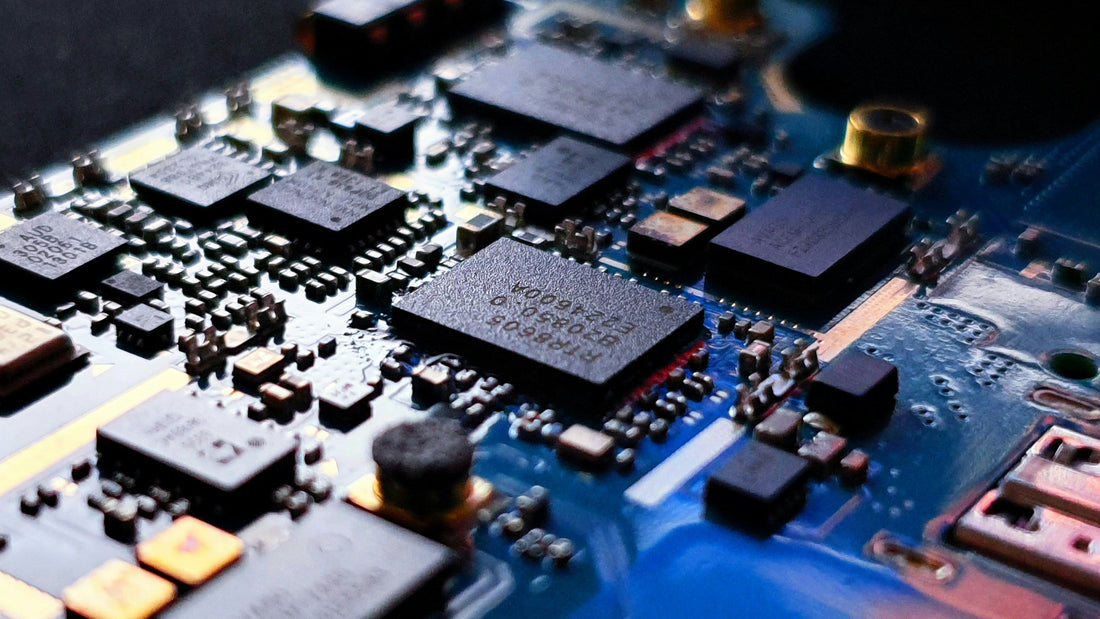
How does electronic fluoride liquid achieve non-conductivity?
Compartir
The main reason why electronic fluorinated liquids are non-conductive is due to the unique properties of their molecular structure and composition. These liquids are typically composed of fully fluorinated carbon chains, such as perfluoropolyether (PFPE) and other perfluorinated compounds. The high level of insulation performance is primarily based on the following scientific principles and molecular characteristics:
1.Molecular Structure and Chemical Stability: Electronic fluorinated liquids are typically composed of perfluorocarbon compounds, such as perfluoropolyether (PFPE). The carbon-fluorine bonds in these molecules are extremely strong. The high electronegativity of fluorine atoms attracts surrounding electron clouds toward themselves, reducing the number of free electrons and thereby lowering the likelihood of charge migration. Additionally, this structure confers exceptional chemical stability on electronic fluorinated liquids, making them resistant to decomposition and preventing the formation of conductive ions or other reactive substances.
2.Non-polar characteristics: Electronic fluorinated liquids are non-polar liquids, and there is no strong dipole attraction between molecules. This means that they cannot easily capture or release electrons, and therefore cannot form free electrons or ions that can conduct electricity.
3.Low dielectric constant: Electronic fluorinated liquids have a relatively low dielectric constant, which means that they have a weak ability to polarize under the action of an electric field, and therefore do not easily store charges or allow charges to flow between them.
4.Purity: High-quality electronic fluorinated liquids are strictly controlled for impurity content during production and purification, especially conductive impurities such as metal ions, moisture, and dust, to ensure that the final product has high purity and low conductivity.
Given these characteristics, electronic fluorinated liquids can be used in high-voltage electrical equipment, precision electronic components, and various applications requiring efficient insulation. They provide reliable electrical isolation, protect circuits from the hazards of short circuits or overloads, and ensure the long-term stable operation of the system.
In summary, electronic fluorinated liquids achieve outstanding insulation performance through the combined effects of their specially designed molecular structure, non-polar chemical properties, low dielectric constant, and high purity, thereby meeting the modern technological demand for high-efficiency, high-reliability electrical insulation materials.
